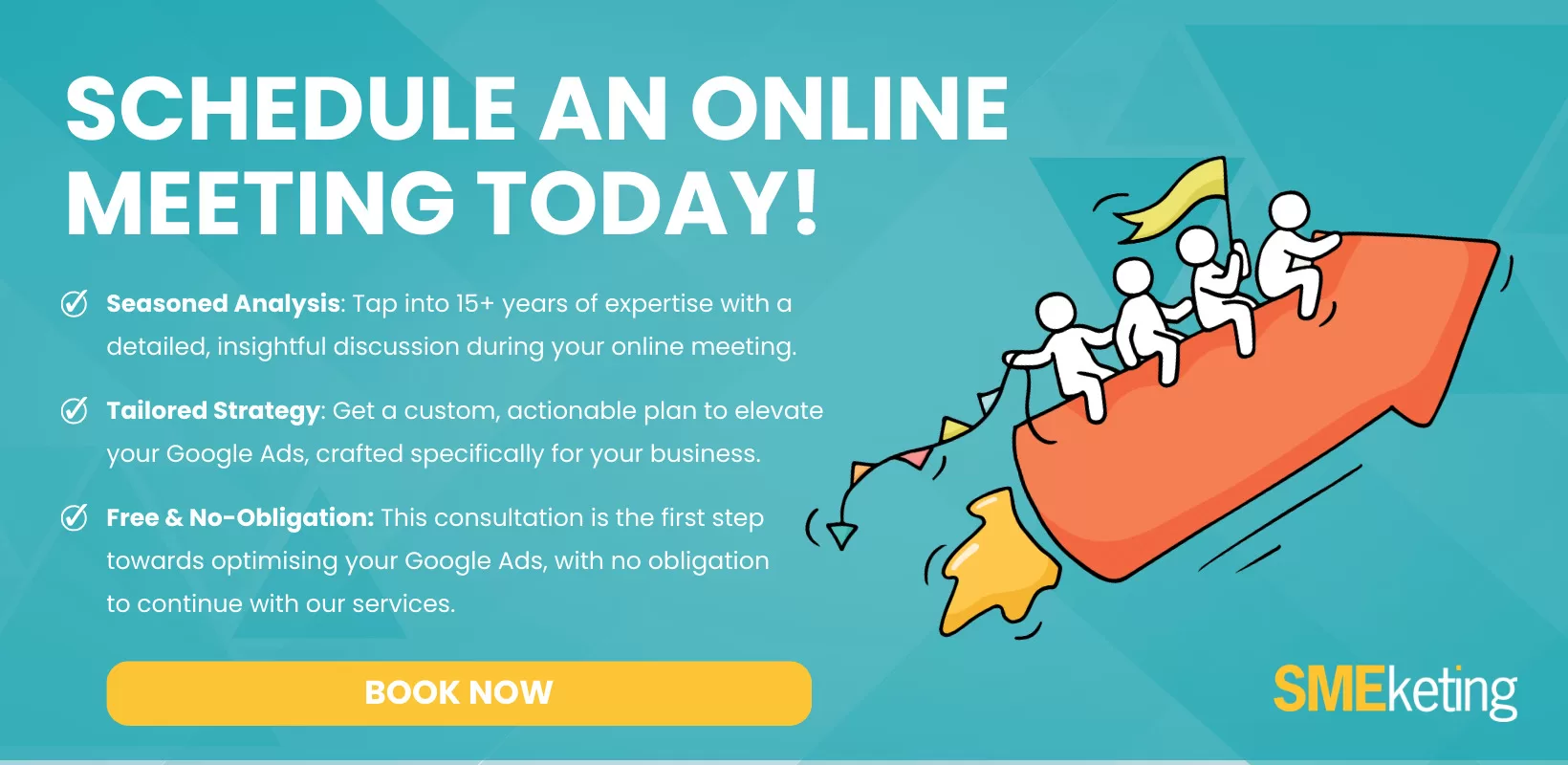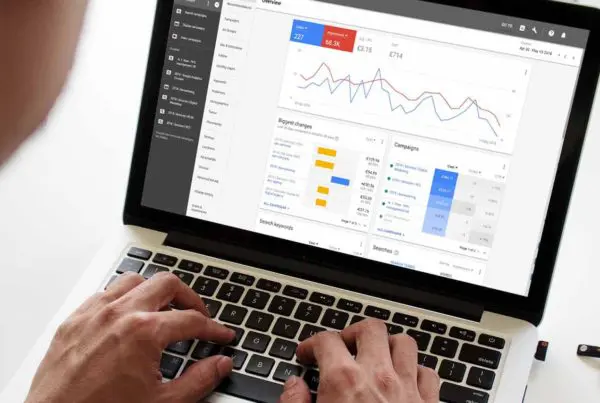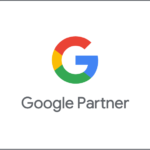Google Ads for lead generation is the lifeblood of many businesses. This powerful form of advertising offers a vast potential for sourcing high-quality leads. But the question lingers: how should a business harness this tool effectively? There are too many lead generation businesses out there using Google Ads, but not getting the results they want – all down to poor account set-up and poorly managed campaigns.
With over 15 years of experience in the world of Google Ads, focusing especially on lead generation, I’m here to demystify the process.
Tailoring Your Google Ads Account for Lead Generation
The foundation of any successful Google Ads for lead generation strategy lies in the initial setup.
- Define Your Lead: Start by understanding who your ideal lead is. Are they industry professionals? Homeowners? Tech enthusiasts? Your ads should speak directly to them.
- Segment for Success: Break down your target audience into micro-segments. Customising your ads to these specific groups increases the likelihood of engagement and conversion.
- Allocate Budget Smartly: Factor in the competitiveness of your industry and the value of each lead when setting your ad budget. It’s all about return on investment.
Landing Pages that Convert Leads
Your ad’s job is to bring potential leads to your landing page. Now, it’s the page’s task to seal the deal.
- Engaging Content: Your headline should immediately communicate the value you’re offering. Follow it with concise, compelling content that drives the lead to action.
- Lead-Focused Design: Incorporate lead capture forms that are straightforward and easily accessible. A cluttered design can deter a potential lead.
- Showcase Credibility: Lead generation is built on trust. Use client testimonials, case studies, and badges of industry affiliations to establish authenticity.
- Mobile Optimisation: Did you know, over 55% of website traffic comes from mobile devices? So ensure your landing pages are mobile-responsive to cater to this audience.
Filter
Navigating Pricing Strategies in Service-Based and B2B Sectors
Addressing the ‘Hidden Price’ Challenge:
For numerous service-based or B2B businesses, prices aren’t immediately visible on their website. This can be due to the custom nature of services, varying client needs, or strategic choice. However, even without explicit pricing, you can effectively communicate value and encourage lead conversion.
- Value Propositions Over Price Tags: While you may not specify exact prices, articulate the distinct benefits of your service. Offer case studies, success stories, or ROI metrics that provide tangible proof of the value you bring.
- Transparent Communication: Even if you don’t list prices, having clear communication channels for potential clients to easily inquire about pricing is essential. This can be an accessible contact form, a chatbot, or a ‘Request a Quote’ option.
- Educate the Prospect: Offer comprehensive content that helps potential leads understand the depth and breadth of your services. Webinars, downloadable resources, or blogs can illuminate why a custom pricing model is necessary.
- Trust Building: For many service-based businesses, the fear of hidden costs can deter potential leads. Address this by showcasing testimonials and providing assurance of no hidden fees or unpleasant surprises.
- Flexible Pricing Models: Highlight your willingness to offer tiered services or custom packages. This assures potential clients that there’s a solution fitting their budget.
Continuous Monitoring: Keeping the Leads Coming
Adapting to an Ever-Changing Landscape:
The digital advertising space, particularly Google Ads, is perpetually evolving. Staying on top means not just setting and forgetting, but constantly revisiting and refining your strategies.
- Data-Driven Decisions: Utilise Google Analytics to assess which ads are driving the most valuable leads and which ones might need revising. Want to make sure your GA4 is set up correctly? Read this post: Google Analytics 4 Migration: What Every Business Needs To Know
- Test, Test, Test: Periodically switch up ad designs, content, and CTAs. A/B testing can uncover which variants resonate most with your target audience.
- Feedback Loop: Solicit and value feedback. Direct insights from clients or potential leads can shine a light on potential areas of enhancement.
By adopting these strategies, service-based and B2B businesses can effectively communicate value and build trust, even without publishing fixed prices. This tailored approach not only caters to unique client needs but also underscores the bespoke nature of the services on offer.
You can master Google Ads for lead generation!
Navigating Google Ads for lead generation might seem daunting, but with a strategic approach, it can become an invaluable asset in your marketing plan.
By fine-tuning your account setup, creating lead-centric landing pages, making informed pricing decisions, and adopting a culture of continuous optimisation, you’re setting the stage for a steady influx of quality leads in 2023 and beyond. And as always, if this all seems a bit much, then get in touch and SMEketing can help!
Unlock the Power of Google Ads with the Help of an Experienced Google Ads Agency
If you fancy delving into the world of Google Ads, then get in touch. We are experts in helping lead generation based businesses fill their sales pipeline with quality leads..
As a Google Ads agency in Southampton, Hampshire, we are positioned perfectly to help business owners, MDs and sales/marketing managers with their Google Ads. Get started today with our free Google Ads Growth Review!
More Remarketing Resources
- How to Do Keyword Research for Google Ads - January 15, 2024
- A Comprehensive Guide to Google Ads for B2C Businesses - January 8, 2024
- How to Write Calls to Action (CTAs) for Google Ads - December 25, 2023







